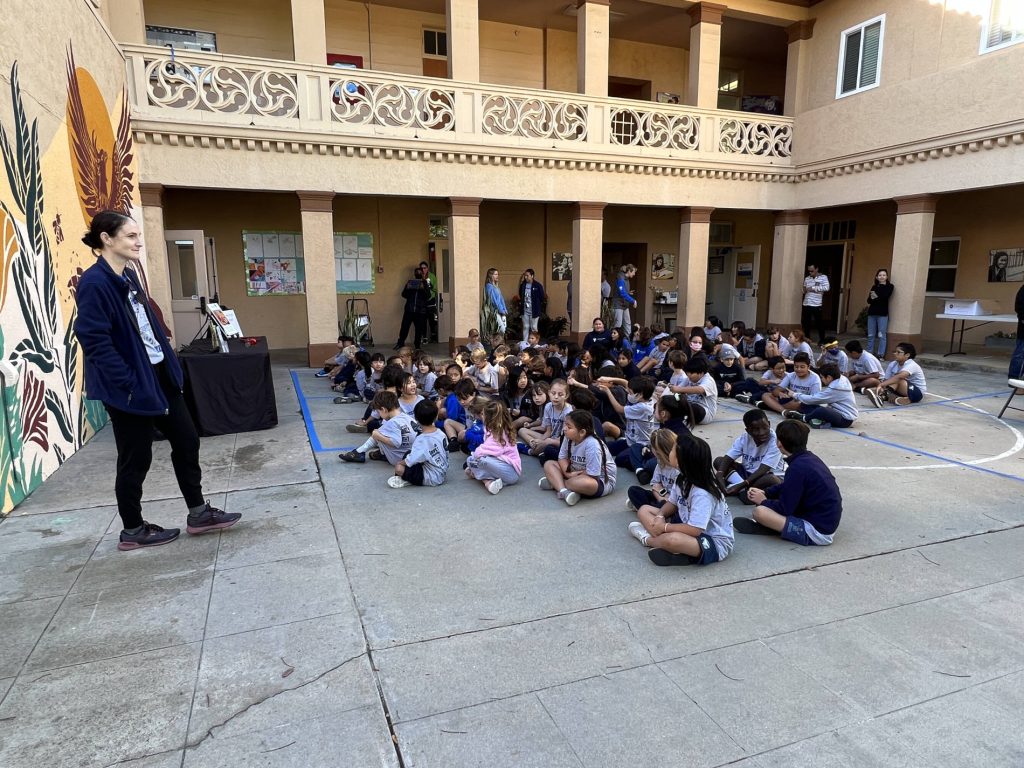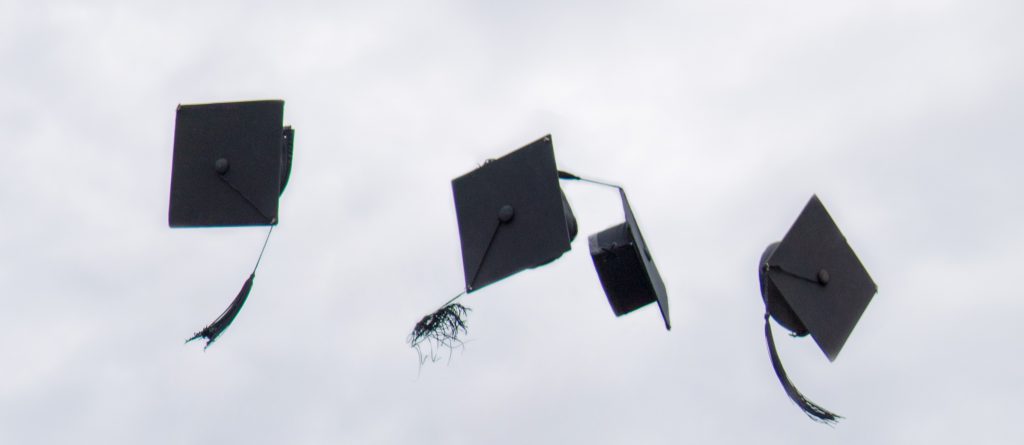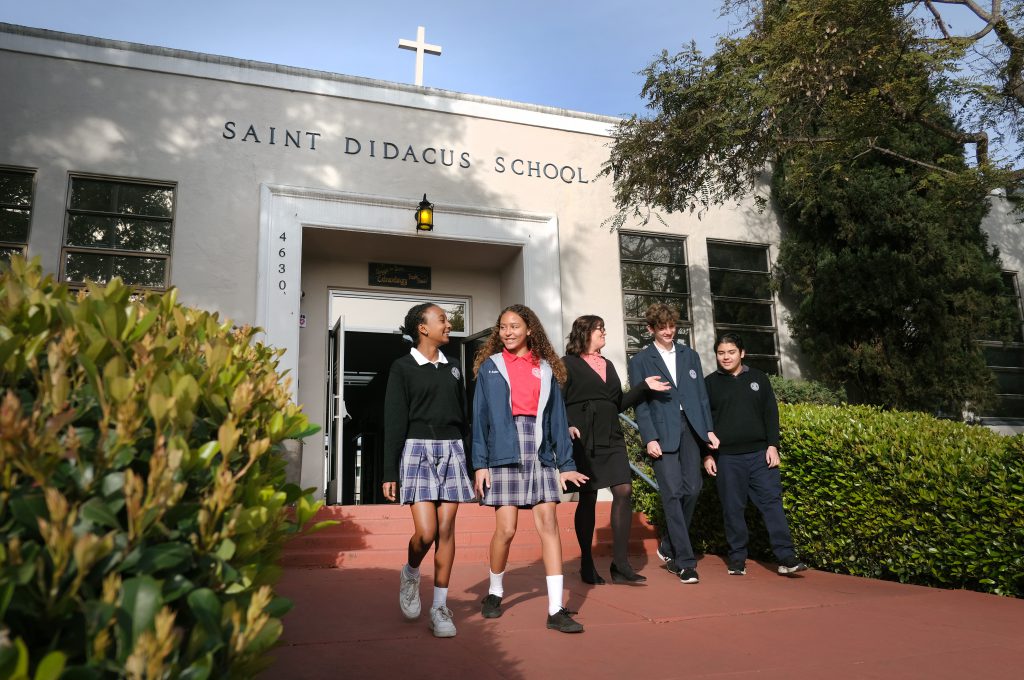SAN DIEGO — “Every Catholic school should be excellent,” said John Galvan, director of the diocesan Office for Schools, adding that the Code of Canon Law requires Catholic schools to meet or exceed the standards of neighboring public schools.
But the challenge, as identified by one of the office’s associate directors, Dr. Julie Cantillon, is that “we never defined what ‘excellent’ meant.”
That changed with the publication of “National Standards and Benchmarks for Effective Catholic Elementary and Secondary Schools,” a landmark document intended to establish national consensus on what constitutes an excellent Catholic school. Produced by Loyola University Chicago and Boston College, it represents the distillation of two years’ worth of consultations with Catholic educators across the U.S.
Galvan said his office is working to implement those national standards at every Catholic school in the diocese. He said the standards also will play a significant role in the school accreditation process and the professional development opportunities available to local Catholic educators.
The standards are not concerned with curriculum content, but rather school effectiveness. The 13 standards fall under four domains: Mission and Catholic Identity, Governance and Leadership, Academic Excellence, and Operational Vitality. Each standard is accompanied by performance “benchmarks” that schools can use to chart their progress.
Galvan said the Schools Office recently conducted a review of the local Catholic school system in light of the standards and benchmarks. The office shared its findings in August at a meeting of Catholic school principals.
At the meeting, the office presented the first in a series of modules, developed by the California Catholic School Superintendents Curriculum Committee, which will train the principals on how to implement the standards on their campuses. Subsequent modules will be presented at the next four principals’ meetings between October and March.
Cantillon is one of the three co-chairs of the curriculum committee that developed the modules.
The Schools Office’s other associate director, Matthew Cordes, reflected on how some of the standards are being implemented by local schools.
For example, in terms of mission and identity, he said the Academy of Our Lady of Peace provides a good example. Founded and, for much of its almost 140-year history, administered by the Sisters of St. Joseph of Carondelet, the high school no longer has any members of the religious order on its faculty or staff. But Cordes said the school has taken pains to keep the spirit of the Sisters of St. Joseph alive on campus, among other things by having its new hires “go through charism training.”
At St. Katharine Drexel Academy, which was established in 2018 by merging Blessed Sacrament and Our Lady of the Sacred Heart schools, Cordes sees a successful application of standards dealing with school governance. The new school formed a board of directors to ensure its financial sustainability.
On the academic excellence front, Cordes pointed to St. Michael’s School in Poway, which announced in September that it had received national recognition as a “Level 3 Visible Learning+ Association School.” The distinction recognizes the school’s adoption and implementation of the Visible Learning educational philosophy popularized by John Hattie, based on the concept of educators helping students to become their own teachers.
Unlike curriculum changes, the standards and benchmarks at first might seem like inside baseball. But Galvan explained that students will certainly reap the benefits.
“What parents need to know is we’re going to have stronger schools as a result of our alignment to these standards,” he said.
Cantillon noted one “big shift” that will take place at schools as a result of the new standards: Teachers will be encouraged to see themselves as sharing responsibility for all the students in that school and to reflect on “how do we leverage each other’s strengths in order to support each and every student we have.”









